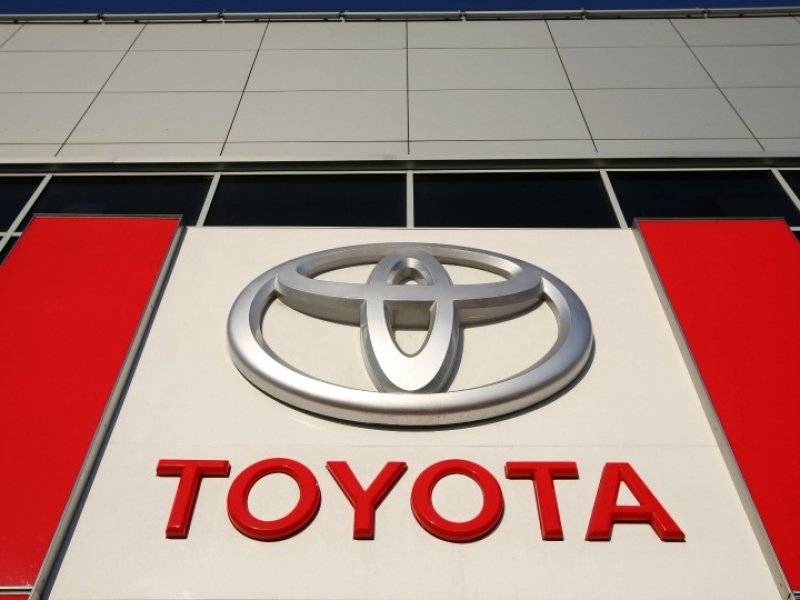
TOKYO — Toyota’s operating profit slipped 3.2 percent in the latest quarter as unfavorable foreign exchange rates and falling sales offset massive cost-cutting efforts.
Operating profit declined to 654.4 billion yen ($6 billion) in the automaker’s fiscal third quarter ended Dec. 31, Japan’s biggest automaker said on Thursday in its earnings report.
Net income more than quadrupled to 738 billion yen ($6.77 billion) in the period, but only because of the effects of unrealized gains from equity securities. Net income advanced only 1.4 percent to 584.6 billion yen ($5.36 billion) after stripping out the one-off factor.
Revenue declined 3.3 percent to 7.54 trillion yen ($69.14 billion).
Global retail sales dipped 0.8 percent to 2.69 million vehicles in the October-December period, including results from Toyota’s Daihatsu small-car subsidiary and truck-making affiliate Hino.
Worldwide wholesale volume retreated 3.8 percent to 2.2 million vehicles.
In announcing the earnings results, Operating Officer Masayoshi Shirayanagi said a big hit from the Japanese yen’s appreciation undercut cost reduction efforts. Falling sales and a less favorable product mix also dented earnings, even as North American regional profits surged.
Regional operating profit in North America increased fivefold to 93.2 billion yen ($854.7 million) in the period, though regional wholesale volume declined 1.8 percent to 668,000 units.
Regional operating profit margin improved to 3.4 percent, from 0.7 percent a year earlier.
Toyota has been targeting spiff spending on vehicles that actually need it, while dialing back on those that do not. A roll out of higher-margin vehicles, such as light trucks, helped, Executive Vice President Didier Leroy said. And ratcheted-up cost controls also fueled the surge.
“All of that brings some fruit,” Leroy said. “There is also a strong contribution of financial services, which improved a lot in terms of profitability in North America in the last quarter.”
In the October-December period, average spiff spending in the important U.S. market — the Japanese automaker’s biggest — on Toyota and Lexus brand vehicles by Toyota Motor Sales U.S.A. increased 9.1 percent to $2,737, according to figures from Motor Intelligence.
But Toyota’s outlays as a manufacturer were still below the industry average of $4,123 in the quarter. The industry average increased 11 percent in the three months.
Toyota brand incentives rose 5.2 percent in the October-December quarter, from a year earlier, to an average of $2,245 per vehicle. Spending at Lexus increased 16 percent to $5,605.
In Europe, wholesale volume rose 6 percent to 246,000 vehicles in the same period. European regional operating profit increased 38 percent to 38.4 billion yen ($352.1 million).
Upgraded outlook
Toyota upgraded its annual earnings outlook for the full fiscal year ending March 31.
Toyota said it now expects stepped-up cost reduction efforts and better financial services to help fuel a 1.3 percent increase in operating profit for the fiscal year. It had earlier predicted a 2.7 percent decrease. It now sees net income rising 25 percent, rather than 14.2 percent.
The company held its global sales outlook steady, but it now expects better-then-anticipated sales in North America to offset worse-than-expected sales in Asia.
Toyota predicts global wholesale deliveries will basically flatline at 8.95 million vehicles in the current fiscal year. In August, it had forecast a 0.3 percent increase to 9 million vehicles.
Toyota nudged up its worldwide retail forecast by 30,000 units. It now expects global retail sales to increase 1.2 percent to 10.73 million vehicles.